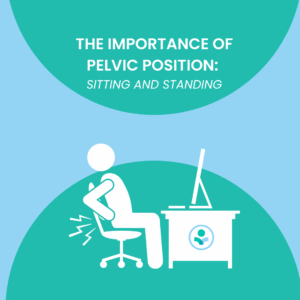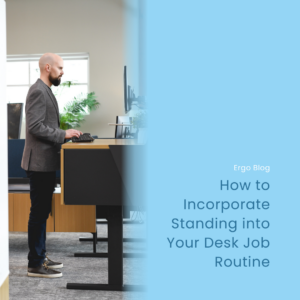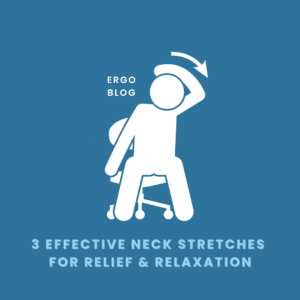Updated: Apr 18, 2024
Ergonomic Solutions for Back Pain and Discomfort
Back pain is a prevalent issue that affects millions of people worldwide, impacting their quality of life and productivity. Whether it’s due to poor posture, sedentary lifestyles, or underlying medical conditions, back pain can be debilitating and challenging to manage. Fortunately, there are ergonomic solutions that can help alleviate discomfort and promote better spinal health. In this blog, we’ll explore some practical ergonomic tips and solutions for individuals experiencing back pain.
- Adjust Your Workspace Setup: If you spend long hours working at a desk, it’s essential to ensure that your workspace is ergonomically optimized to support your back. Start by adjusting your chair height so that your feet are flat on the floor, and your knees are at a 90-degree angle. Use a chair with adequate lumbar support or consider using a lumbar cushion to maintain the natural curve of your lower back.
- Invest in a Quality Chair: A supportive chair is crucial for preventing and alleviating back pain. Look for a chair with adjustable features such as seat height, armrests, and backrest angle. Ergonomic chairs designed specifically for back support often feature adjustable lumbar support and comfortable padding to reduce pressure points.
- Use a Sit-Stand Desk: Sitting for prolonged periods can put excessive pressure on the spine and exacerbate back pain. Consider investing in a sit-stand desk that allows you to alternate between sitting and standing throughout the day. This dynamic approach to working can help reduce strain on your back and promote better circulation and muscle engagement.
- Optimize Monitor Height and Placement: Position your computer monitor at eye level to prevent straining your neck and upper back. If you’re using a laptop, elevate it to eye level with a laptop stand or stack of books and use an external keyboard and mouse to maintain a neutral wrist position.
- Take Regular Breaks and Stretch: Incorporating regular breaks into your work routine is essential for preventing muscle fatigue and stiffness. Set a timer to remind yourself to take a short break every hour, during which you can stretch and move your body. Focus on gentle stretches that target the muscles of the back, hips, and shoulders to relieve tension and improve flexibility.
- Practice Proper Lifting Techniques: Whether you’re lifting heavy objects at work or at home, using proper lifting techniques is crucial for protecting your back from injury. Bend your knees and keep your back straight while lifting, and use your leg muscles to power the movement rather than relying solely on your back.
- Consider Ergonomic Accessories: There are various ergonomic accessories available that can provide additional support and comfort for individuals experiencing back pain. These may include lumbar cushions, ergonomic footrests, supportive seat cushions, and posture-correcting devices. Experiment with different accessories to find what works best for you.
- Stay Active and Maintain a Healthy Lifestyle: Regular physical activity is essential for keeping your back strong and flexible and reducing the risk of back pain. Incorporate activities such as walking, swimming, yoga, or Pilates into your routine to improve core strength and posture. Additionally, prioritize a healthy diet, adequate hydration, and stress management techniques to support overall spinal health.
In conclusion, back pain can be a challenging and debilitating condition, but with the right ergonomic solutions and lifestyle modifications, relief is possible. By optimizing your workspace, practicing proper posture and lifting techniques, and staying active, you can help alleviate discomfort and promote better spinal health for long-term well-being. Remember to listen to your body and seek medical attention if your back pain persists or worsens despite ergonomic interventions. Your spine will thank you for it!
Check out our YouTube video below for a visual representation of the blog!



